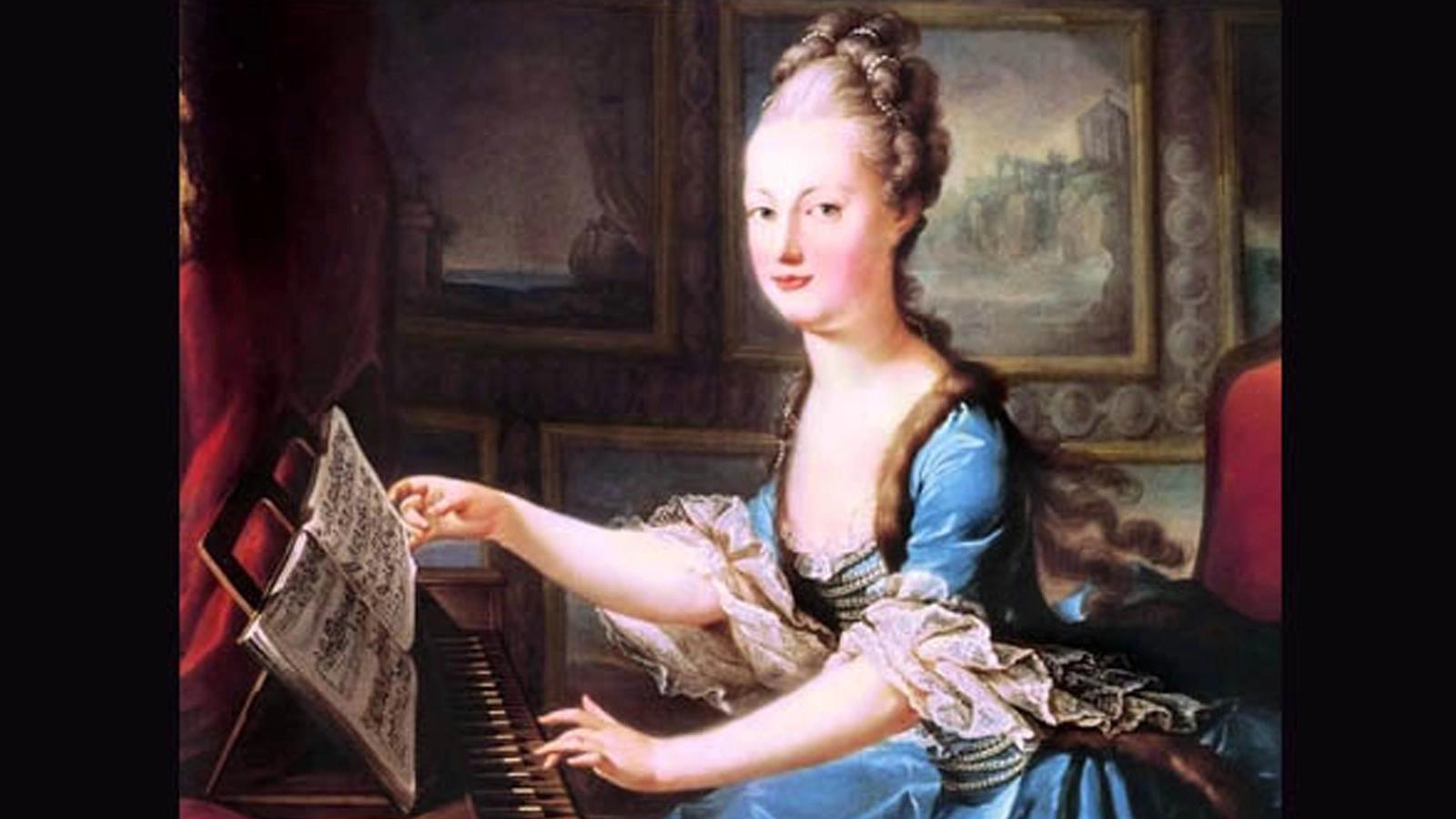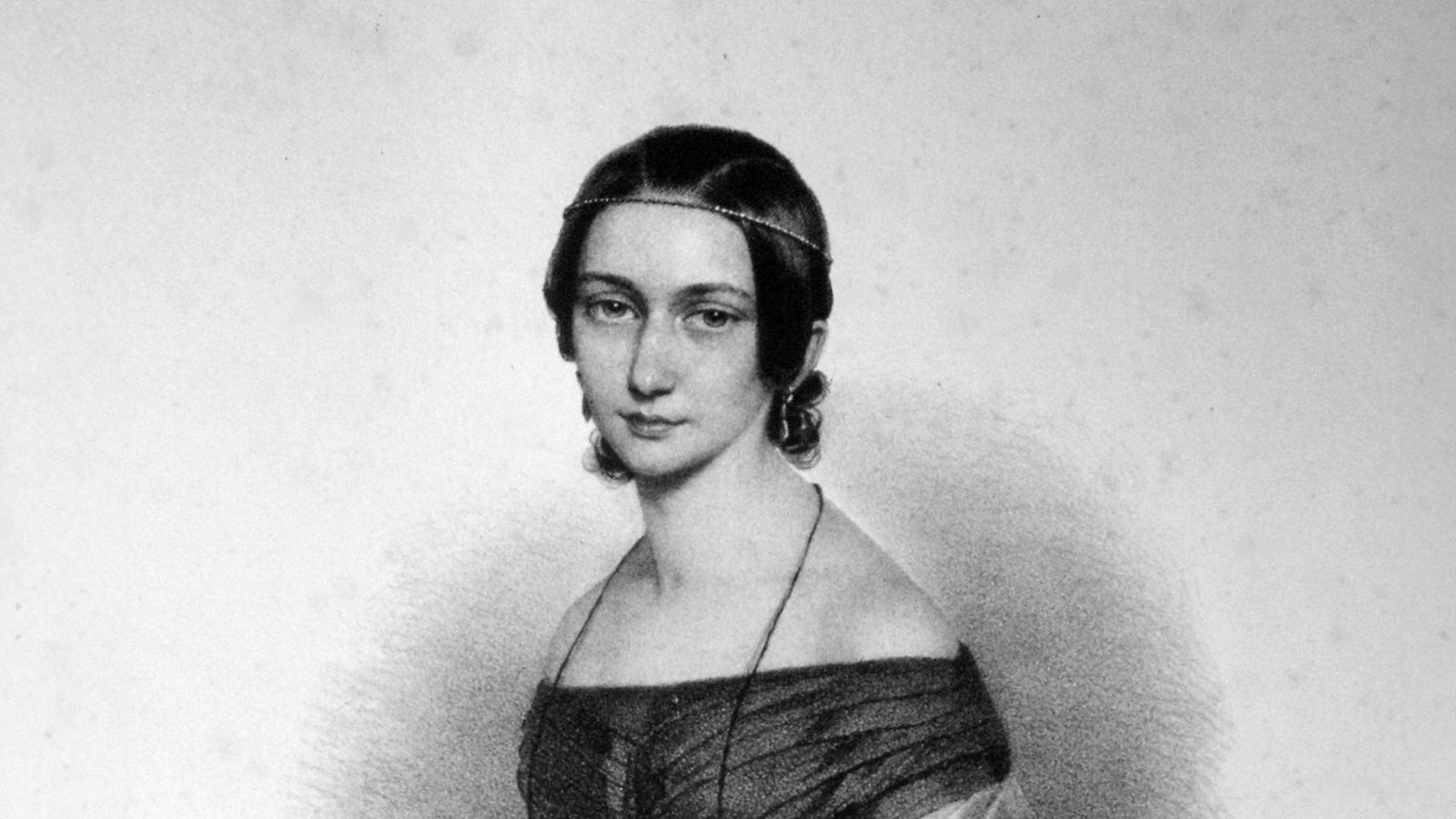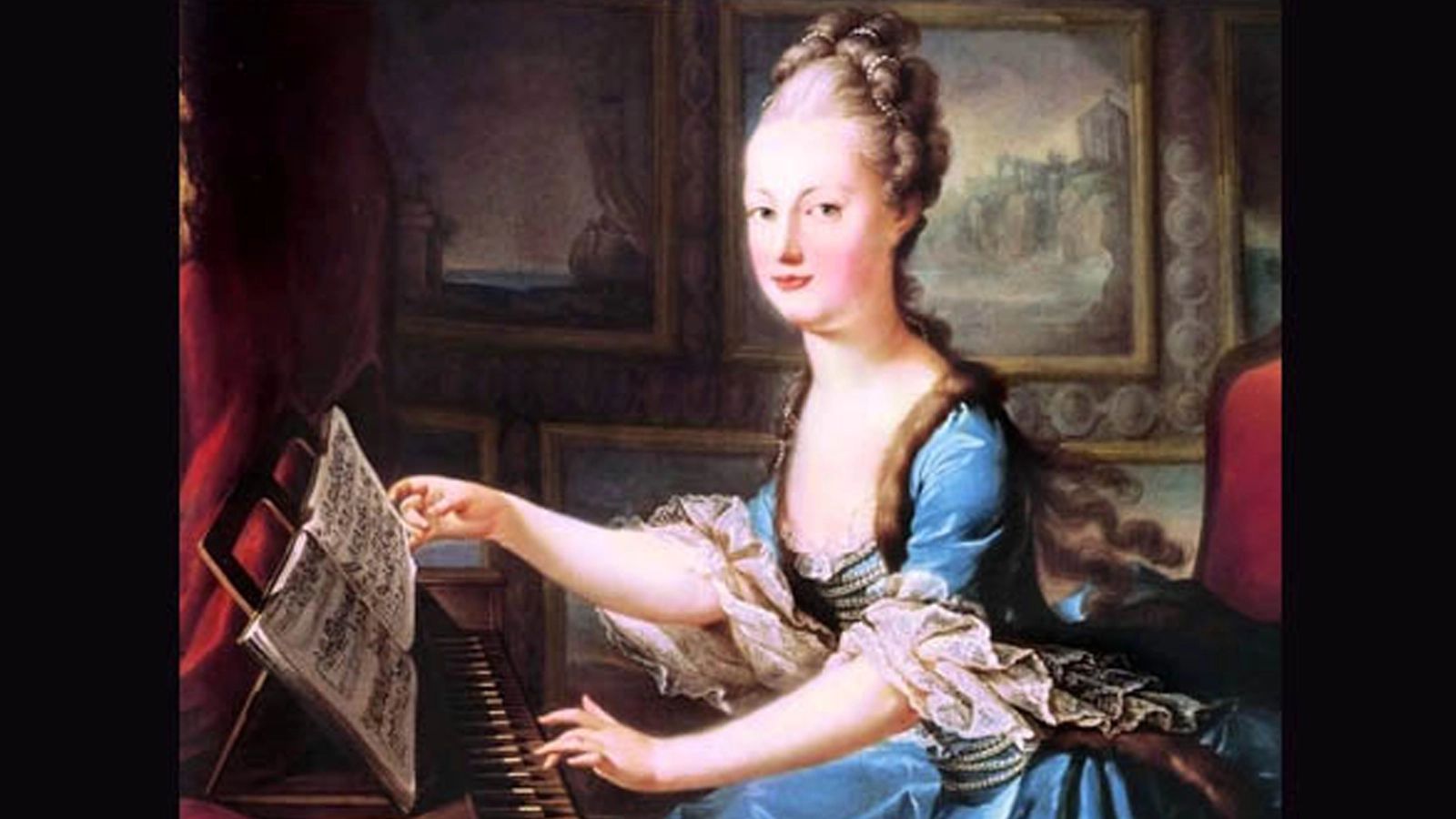Have you ever wondered what it would have been like to be married to a famous composer? If behind every great man there is a great woman, then behind many great male composers there was often a gifted female composer or musician. It may surprise you to know that there are over 5000 known female composers dating back to 450 BC, but a recent study by Donne UK estimated that just 5% of the works performed on orchestra programs are by women. The wives of composers often supported the careers of their husbands in ways that went unacknowledged: they prepared their music for publication, performed their husband’s music, and even sacrificed their own careers as composers in favor of their husband’s. Here are the women behind Bach, Schumann, and Mahler, who rocked classical music history just as much as their husbands did.
Anna Magdalena Bach

After his first wife passed away, Bach married the talented singer Anna Magdalena Wilcke. The couple met while both were working at the court of Prince Leopold of Anhalt-Köthen, Bach as Capellmeister (Director of Music) and Anna Magdalena as a vocalist. Court records show that Anna Magdalena was greatly esteemed as a musician, earning the third highest salary after Bach himself and the concertmaster. The couple soon moved to Leipzig, where Bach took up the prestigious position of Kantor and composed his largest works: the St. John and St. Matthew Passions, and the Christmas and Easter Oratorios. Anna Magdalena continued to perform as a singer after their marriage, often performing Bach’s own works, and also produced copies of Bach’s works. Notably, she returned to Leipzig to perform at the funeral of the Bachs’ former patron, Prince Leopold of Anhalt-Köthen, where she sang one of Bach’s cantatas which is now lost. Her role as a copyist turned out to be pivotal, as some of the earliest known manuscripts of several of Bach’s works survive only in copies in her hand, such as the Cello Suites. Recently, scholars have advanced a theory that the familiar Cello Suites might have been intended for a different instrument called the violoncello da spalla, a cello played not between the legs but on the shoulder, like a huge violin. Listen to Sergey Malov play this unusual instrument in his brilliant rendition of Bach’s Cello Suite No. 6:
Bach: Cello Suite No. 6
Clara Schumann

Wikimedia Commons
Known in her own time for her prowess as a concert pianist, Clara Wieck Schumann was also a brilliant composer. For two tumultuous years prior to their marriage, she and Robert Schumann were separated by her father, Friedrich Wieck, forcing Schumann to go through a lengthy court battle to obtain legal permission to marry her. During their courtship and early marriage, Clara and Robert expressed a progressive desire to be equal partners in marriage and artistic collaboration, trading themes and making similar types of compositional studies, for instance a series of preludes and fugues modeled after Bach’s. Although Clara stopped composing around 1848, just eight years into her marriage, she regularly out-earned Robert as a concert artist, bringing in vital income to support their family of eight children, and also premiered and edited many of his works. Her role as a performer of Schumann’s works unquestionably increased his exposure and influence as a composer.
Listen to Clara Schumann’s otherworldly Prelude and Fugue in B-Flat Major, Op. 16, No. 2:
Clara Schumann: Prelude and Fugue in B-flat Major
Alma Mahler

Alma Mahler with daughters Maria and Anna
Wikimedia Commons
Born in Vienna in 1879, Alma Mahler lost her beloved father, landscape painter Emil Schindler, at the age of 13. A devotee of Nietzsche, with all of the baggage that came with that, Alma has been a problematic and contradictory figure. She espoused the antisemitic ideas of her day yet married two Jewish men, and she was almost pathologically self-absorbed yet had a captivating intelligence and beauty that caught the eye of many famous admirers, among them Gustav Mahler, architect Walter Gropius, author Franz Werfel, and artist Oskar Kokoschka. She married her first husband, Gustav Mahler, at the age of 22 on the condition that she give up her aspirations as a composer. Mahler, nearly 20 years her senior, was already well established in his career and was then the director of the Vienna Court Opera. As the Chicago Tribune put it, Alma gave up almost everything to become a “housekeeper to a workaholic,” serving as his copyist and running the household. Only in 1910—less than a year before his death—did Mahler realize the quality of Alma’s work and arrange for the publication of five of her songs. Her music is by turns nostalgic and harmonically daring, sometimes using jarring dissonances. Many of Alma’s compositions were lost in a house fire in 1947. Her only surviving works consist of 17 songs.
Alma Mahler: Five Songs

